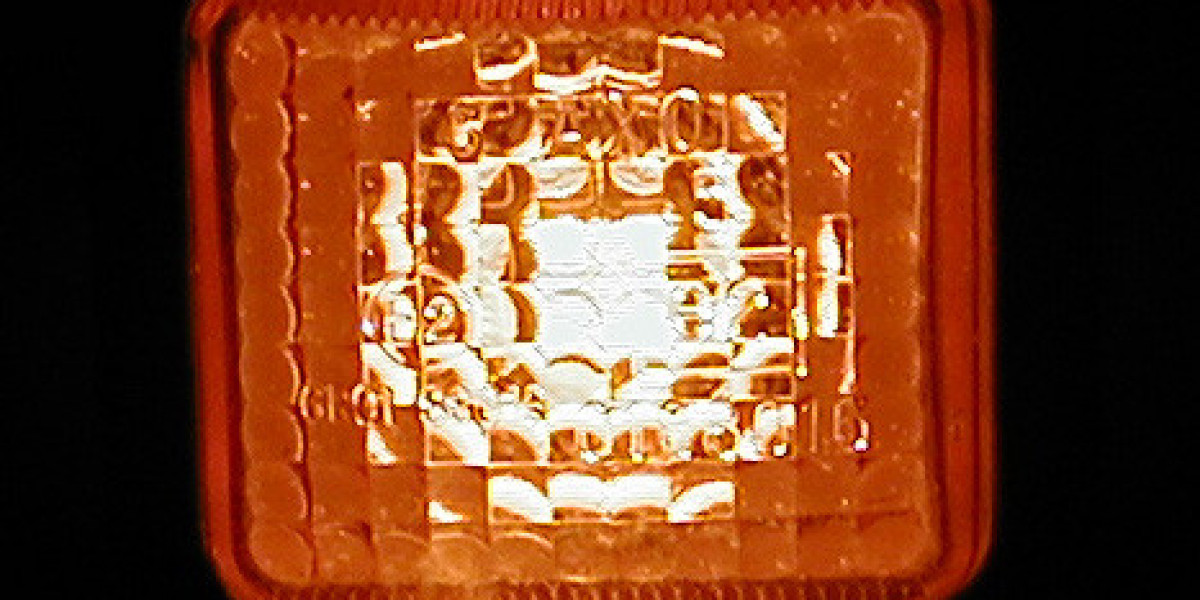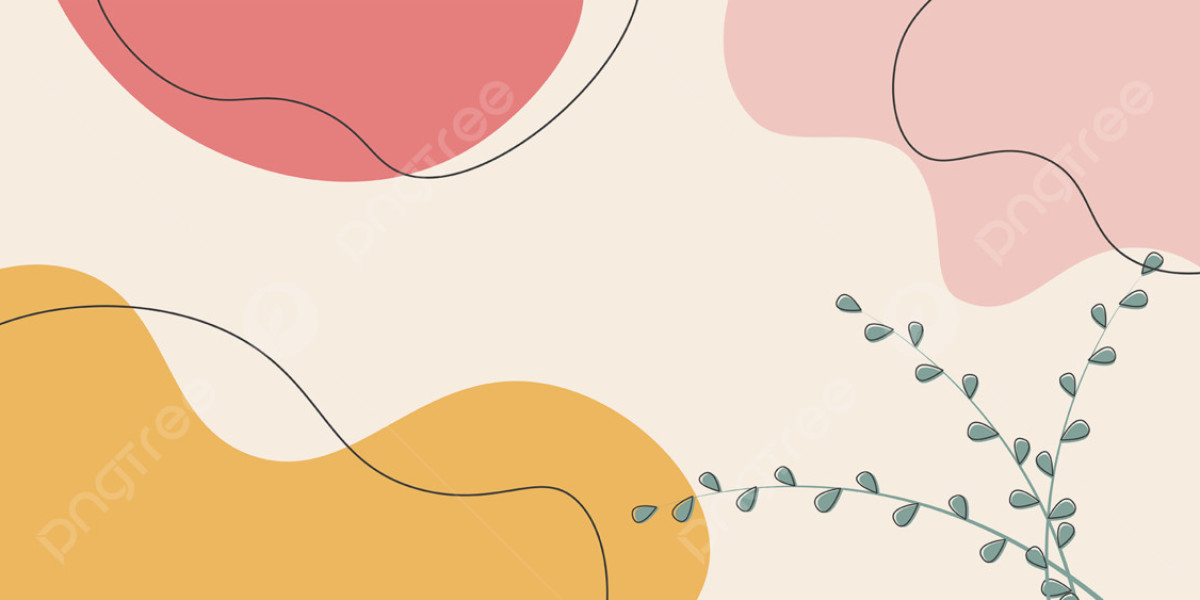Inside KPV’s World-Changing Impact Why KPV Is Turning Heads Everywhere From Obscurity to Icon: damagecoach9.werite.
Inside KPV’s World-Changing ImpactWhy KPV Is Turning Heads EverywhereFrom Obscurity to Icon: The KPV StoryKPV’s Game-Changing Vision RevealedThe Future is Here: Meet KPVKPV: A New Era in InnovationHow KPV Is Redefining the LandscapeKPV Uncovered: Secrets Behind Its SuccessThe Powerhouse You’ve Been Waiting For: damagecoach9.werite.net KPVKPV is a tripeptide composed of the amino acids lysine, proline and valine that has been investigated for its anti-inflammatory and antimicrobial properties in various preclinical models. The mechanism of action of KPV involves several interrelated pathways that converge on the modulation of immune cell activity, cytokine production and microbial membrane integrity.
- Cellular uptake and receptor interaction
After topical or systemic administration, KPV penetrates epithelial layers and enters cells via endocytosis or passive diffusion owing to its small size and amphipathic character. Once inside the cell, it binds to G-protein coupled receptors that are involved in chemokine signaling, such as CXCR1/2. This interaction dampens the downstream MAPK and NF-κB pathways that normally drive pro-inflammatory cytokine release.
- Inhibition of neutrophil activation
KPV interferes with the formation of the NADPH oxidase complex on neutrophils, reducing reactive oxygen species (ROS) production. It also blocks integrin-mediated adhesion, thereby limiting extravasation of neutrophils into inflamed tissues. By curbing degranulation, it prevents the release of myeloperoxidase and elastase that would otherwise damage host cells.
- Modulation of cytokine profile
The peptide down-regulates tumor necrosis factor alpha (TNF-α), interleukin-1β and interleukin-6 while up-regulating anti-inflammatory mediators such as interleukin-10 and transforming growth factor beta. This shift restores a more balanced immune response, especially in chronic conditions like cystic fibrosis or inflammatory bowel disease where KPV has shown promise.
- Antimicrobial activity
In vitro studies demonstrate that KPV can insert into bacterial lipid bilayers, forming transient pores that disrupt ion gradients. It shows higher efficacy against gram-positive organisms such as Staphylococcus aureus and methicillin-resistant strains, but also retains activity against some gram-negative bacteria when used in combination with other peptides.
- Effects on wound healing
KPV accelerates re-epithelialization by promoting keratinocyte migration and proliferation. It stimulates the secretion of growth factors such as epidermal growth factor (EGF) and platelet-derived growth factor (PDGF), leading to faster closure of superficial wounds and reduced scar formation.
- Neuroprotective role
In models of neuroinflammation, KPV reduces microglial activation and protects neuronal cells from oxidative damage. Its ability to cross the blood–brain barrier in small amounts makes it a candidate for treating conditions such as multiple sclerosis or traumatic brain injury.
- Pharmacokinetics
Oral bioavailability is low due to peptidase degradation; therefore, KPV is often formulated as a topical cream, transdermal patch, or intranasal spray to maximize local concentrations while limiting systemic exposure. Stability can be enhanced by encapsulating the peptide in liposomes or polymeric nanoparticles.
Related products
- KPV-based creams and ointments: These are marketed for chronic inflammatory skin disorders such as psoriasis and atopic dermatitis. They typically contain 1–2 % KPV along with moisturizing agents.
- Intranasal spray formulations: Used in clinical trials for post-viral cough and upper airway inflammation, providing rapid mucosal delivery.
- KPV peptides conjugated to hyaluronic acid: Designed for joint lubrication in osteoarthritis; the combination allows sustained release and improved cartilage penetration.
Alcohol Pads + Syrings – 10 each
The product set includes ten alcohol pads and ten syringes. The alcohol pads are pre-moistened with isopropyl alcohol (70 %) for rapid skin disinfection prior to injection or sample collection. Each pad measures approximately 5 cm by 5 cm, providing a sterile surface that dries quickly and leaves no residue.
The syringes included in the set are standard disposable hypodermic needles, typically 1 mL with a 27-gauge needle. They are pre-sterilized and individually packaged to ensure aseptic handling. This combination is ideal for clinical settings where quick disinfection and precise dosing of KPV or other therapeutic agents are required.
Together, these components facilitate safe administration of peptide therapies while maintaining stringent infection control protocols.








